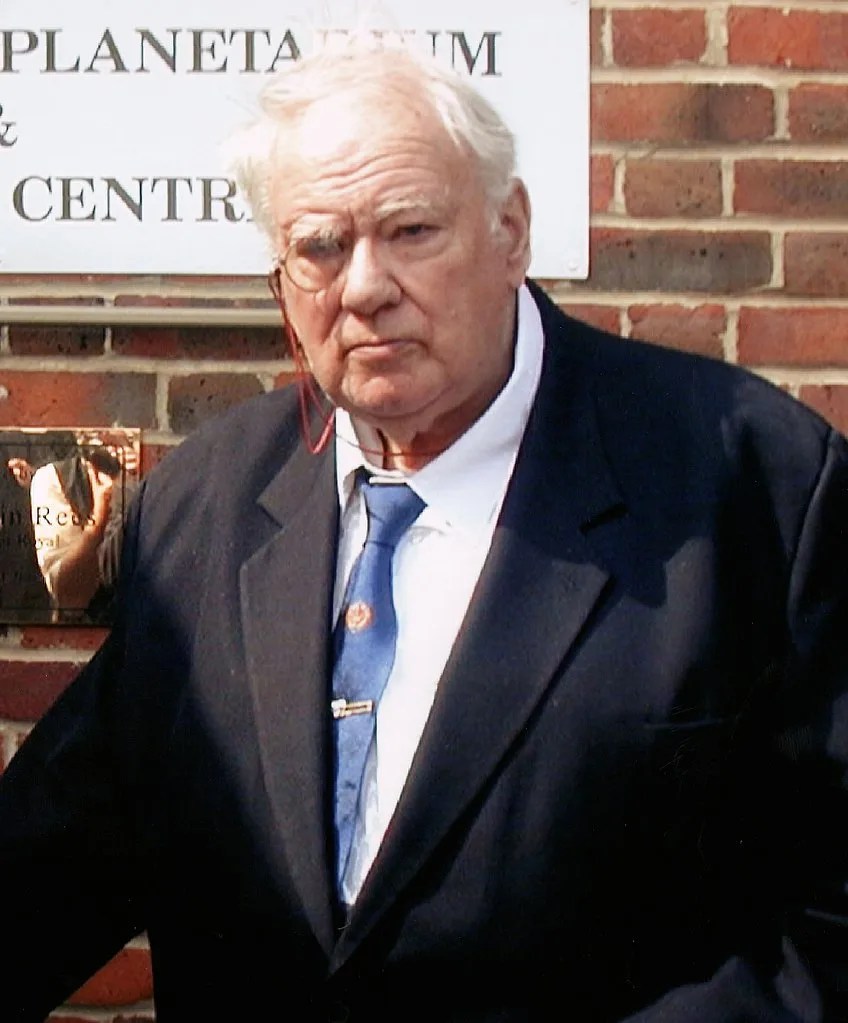
Sir Patrick Moore
(1923–2012) Amateur astronomer, writer, and television host
Like many avid stargazers, an Englishman named Sir Patrick Moore developed an interest in astronomy at a very young age, which blossomed into a lifelong obsession. Educated at home because of a heart condition, he discovered the world of astronomy at six years old when he read a late 19th century tome on the solar system.
At 11, he became the youngest-ever member of the British Astronomical Association. He published his first paper, on small craters in the Mare Crisium on the Moon, at the age of 13 and at age 14 he took over the running of a small observatory near his house.
He became a prolific amateur astronomer and writer, gaining prominence as the presenter of the BBC documentary series The Sky at Night for over 40 years and earning knighthood in 2001 for “services to the popularization of science and to broadcasting.” For many years, Charles Messier's Catalog of Nebulae and Star Clusters had been the most prominent guide for observers seeking out interesting cosmic sights in the night sky, but Moore noted that those who specifically target the Messier objects miss out on a wealth of other compelling celestial objects. In 1982, while serving as president of the British Astronomical Association, he came up with a complementary list to entice fellow amateur astronomers to experience more of the wonders of the night sky. His list was published by Sky & Telescope magazine in December 1995.
Since Messier objects are designated using the letter “M” and their number in the catalog, Moore decided not to use his last name for his catalog to avoid confusion. Instead, he called it the Caldwell catalog, applying a surname that was used in previous generations of his family. Therefore, the objects in Moore's catalog are designated with the letter “C” and a number.
